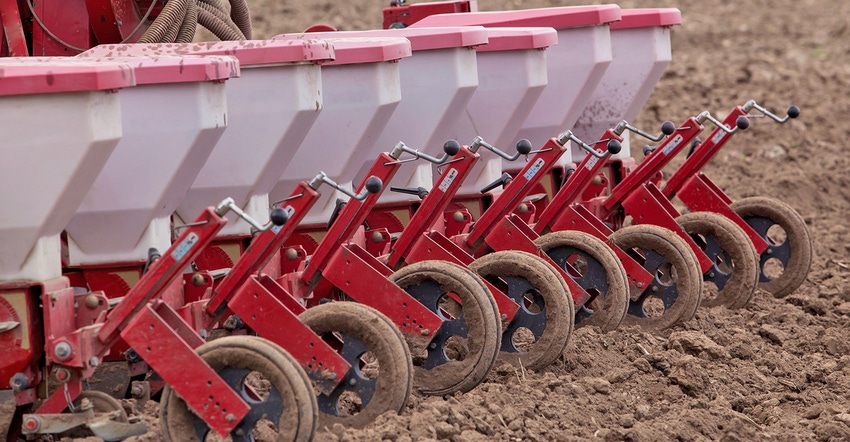March 19, 2018

The first day of spring is fast approaching, and many farmers will begin feeling excited about getting into the field to plant corn. However, farmers need to pay less attention to the temperatures aboveground and focus on those degrees below the surface.
Every decision you make influences the size and scope of corn yields. Will that uptake of water into that corn seed be cold? How will it affect my corn germination? Does it have an overall impact on corn vigor?
Here are few things to consider before planting corn into cold, wet soils.
Impact of soil temperature. Corn will germinate and emerge slowly when the temperature is below 50 degrees F. When soil temperature is warm, in the mid-50s or warmer, emergence will occur in seven days or less. A simple way to determine soil temperature is to locate a soil thermometer and check the soil temperature close to 4 inches below the surface. Locate a field in your area that you typically plant “first,” and continue to check it. Towards the end of March and April, continue to check soil temperatures. Anytime in the afternoon is the best time to check. This gives time for the soil to reach an average day temperature and typical planting scenario.
Impact on corn seedlings. If the corn seedlings are already up, cold soil temperatures can take a toll on those seedlings. Leaves may turn brown or yellow, or look wilted, and there is a good chance those leaves will die. Ideally, you planted your corn at the right depth, though, and the growing point is below the ground. Expect the next leaf stage to push through the corn whorl and continue to grow healthily. If your corn seedlings continue to look unhealthy, reach out to your local agronomist and take time to check your stands.
How long can corn seed stay in the ground? This is one of the hardest questions to answer at the beginning of the growing season. Walking through the long-range forecast and the amount of moisture that the corn seed has taken up, if we do not hit the 50-degree-F soil temperature soon, some corn seed will begin to rot — and we will lose overall plant population across the field. You may see poorer stands and a lower plant population.
Take the time to grab a soil thermometer and check out those fields before planting. Try to take the soil temperature around noon, an average time of the day, and look at the long-range forecast for the upcoming week. Good luck with corn planting.
Allen is owner of Allen Seed and Service, where he scouts 3,500 acres of corn and 10,000 acres of soybeans annually. He writes from Hawk Point, Mo.
About the Author(s)
You May Also Like




